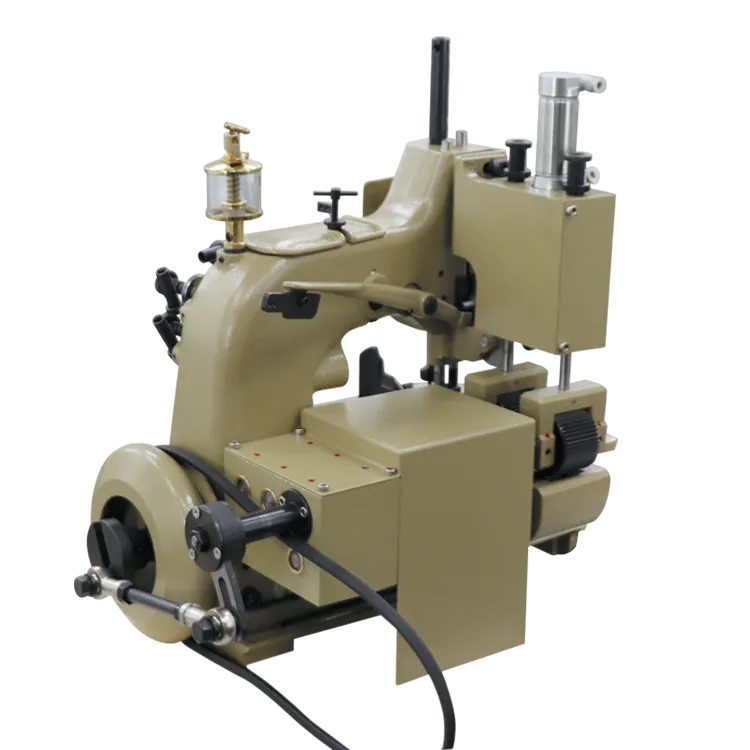Choosing the Right Upholstery Needles for Your Sewing Projects and Repairs
Understanding Upholstery Needles A Comprehensive Guide
Upholstery is a craft that combines art and functionality, breathing new life into furniture and creating or restoring items that are not only visually appealing but also comfortable and durable. One of the most essential tools in any upholsterer's toolkit is the upholstery needle. While it may seem like a simple tool, choosing the right upholstery needle is crucial for achieving professional results. In this article, we will explore the various types of upholstery needles, their uses, and tips for selecting the best one for your upholstery projects.
The Importance of Upholstery Needles
Upholstery needles are significantly different from standard sewing needles. They are designed to handle the tough fabrics and thick padding typically found in upholstery projects. These needles are longer and stronger, allowing them to pierce through multiple layers of fabric and batting with ease. The right upholstery needle can make a substantial difference in the quality of your work, as well as your comfort and efficiency while sewing.
Types of Upholstery Needles
1. Regular Upholstery Needles These needles typically have a triangular or wedge-shaped point, allowing them to penetrate thick materials effortlessly. They are ideal for heavier fabrics such as canvas, denim, or upholstery-grade textiles. Regular upholstery needles are available in various sizes, typically ranging from 80/12 to 110/18, with larger sizes suitable for thicker materials.
2. Heavy-Duty Needles For especially thick fabrics, such as leather or certain types of padding, heavy-duty upholstery needles are essential. These needles are reinforced to withstand the stress of sewing through multiple layers of thick material. They often feature a bigger eye, allowing for thicker thread, which is necessary for heavy-duty sewing.
3. Double Needles Occasionally, upholsterers might require a double needle, which allows for two parallel lines of stitching. This type of needle is beneficial if you want to create decorative seams or stitch in a double row for added strength, ideal for heavier projects.
4. Buttonhole Needles If your upholstery project involves creating buttonholes, a specialized buttonhole needle may be needed. These needles have a unique design that allows them to stitch through thick layers while creating perfectly sized buttonholes.
upholstery needles

5. Curved Needles For tight spaces and intricate shapes, curved upholstery needles come in handy. These needles provide better access to hard-to-reach areas and are particularly useful for sewing around curves or in corners.
Choosing the Right Needle
When selecting an upholstery needle, consider the following factors
- Fabric Thickness Always match the needle size to the material you are working with. Thicker fabrics will require larger needles, while lighter fabrics can use smaller sizes.
- Needle Type Identify the type of needle that best suits your project. For heavy-duty tasks, opt for heavy-duty needles. If you need decorative stitching, a double needle might be your best bet.
- Thread Size The size of the needle should also correlate with the thread you plan to use. Thicker threads require needles with larger eyes to accommodate them.
- Sewing Machine Compatibility Ensure that the upholstery needle you choose is compatible with your sewing machine. Some machines may require specific needle types to function correctly.
Conclusion
Upholstery needles may not be the most glamorous aspect of furniture restoration or creation, but they are undoubtedly one of the most important tools in an upholsterer's arsenal. By understanding the various types of upholstery needles and their specific uses, you can choose the right needle for your project, leading to cleaner seams, stronger stitches, and ultimately, a more professionally finished product. Whether you are a seasoned upholster, a hobbyist, or just embarking on your first upholstery project, having the right tools at your disposal will enhance your sewing experience and the quality of your work. Happy sewing!
-
Industrial Cylinder Arm Sewing Machine: Revolutionizing Heavy-Duty SewingNewsJul.28,2025
-
Cylinder Arm Sewing Machine: Perfect for Special Sewing ApplicationsNewsJul.28,2025
-
Cylinder Bed Sewing Machine: Essential for Sewing Complex MaterialsNewsJul.28,2025
-
Heavy Duty Sewing Machine: The Essential Tool for Industrial ApplicationsNewsJul.28,2025
-
Computerized Pattern Sewing Machine: Revolutionizing Precision StitchingNewsJul.28,2025
-
Heavy Duty Industrial Sewing Machine: Power Meets PrecisionNewsJul.28,2025
-
Leather Sewing Machine: The Industrial Standard for Tough MaterialsNewsJul.18,2025





























